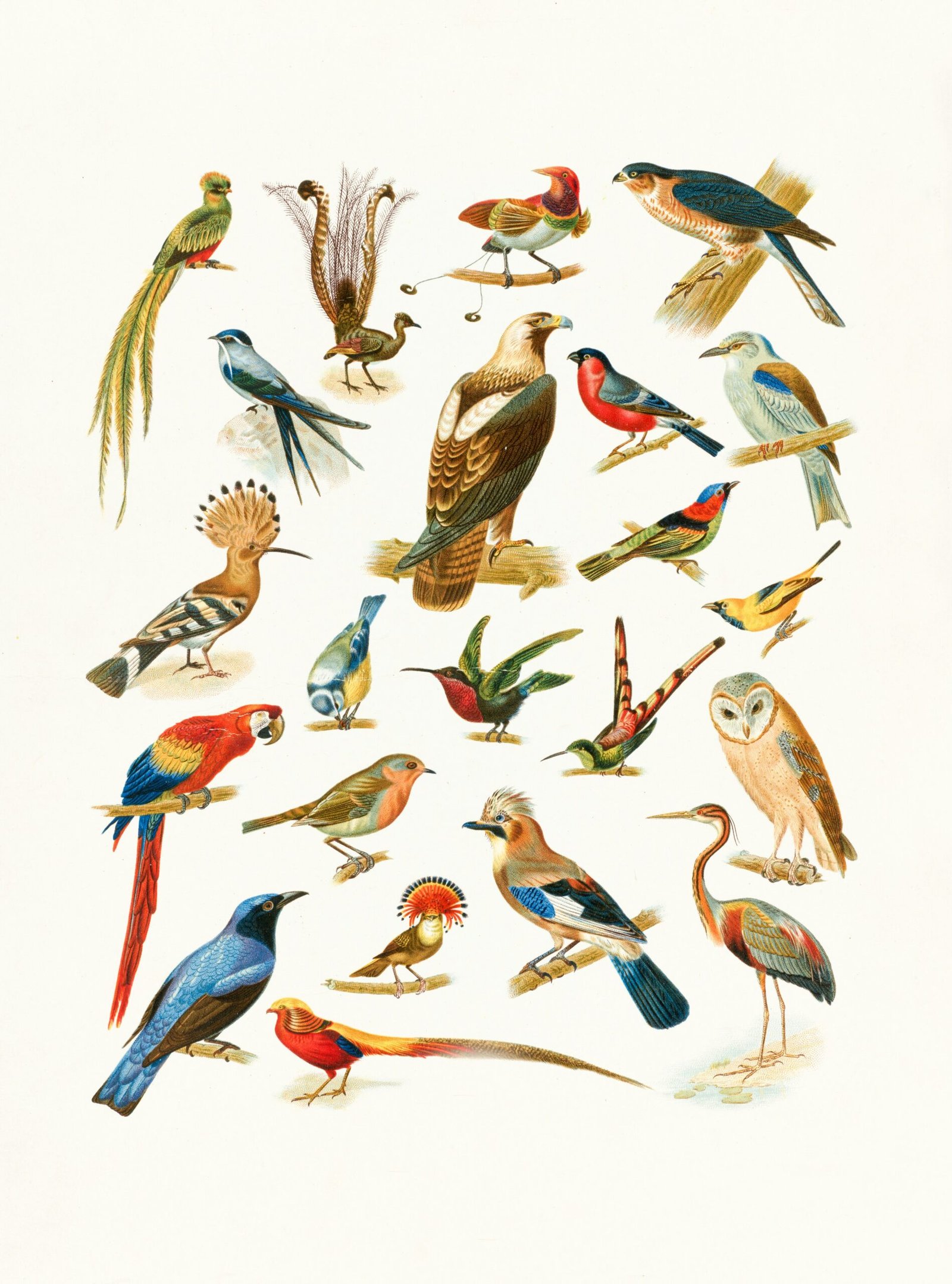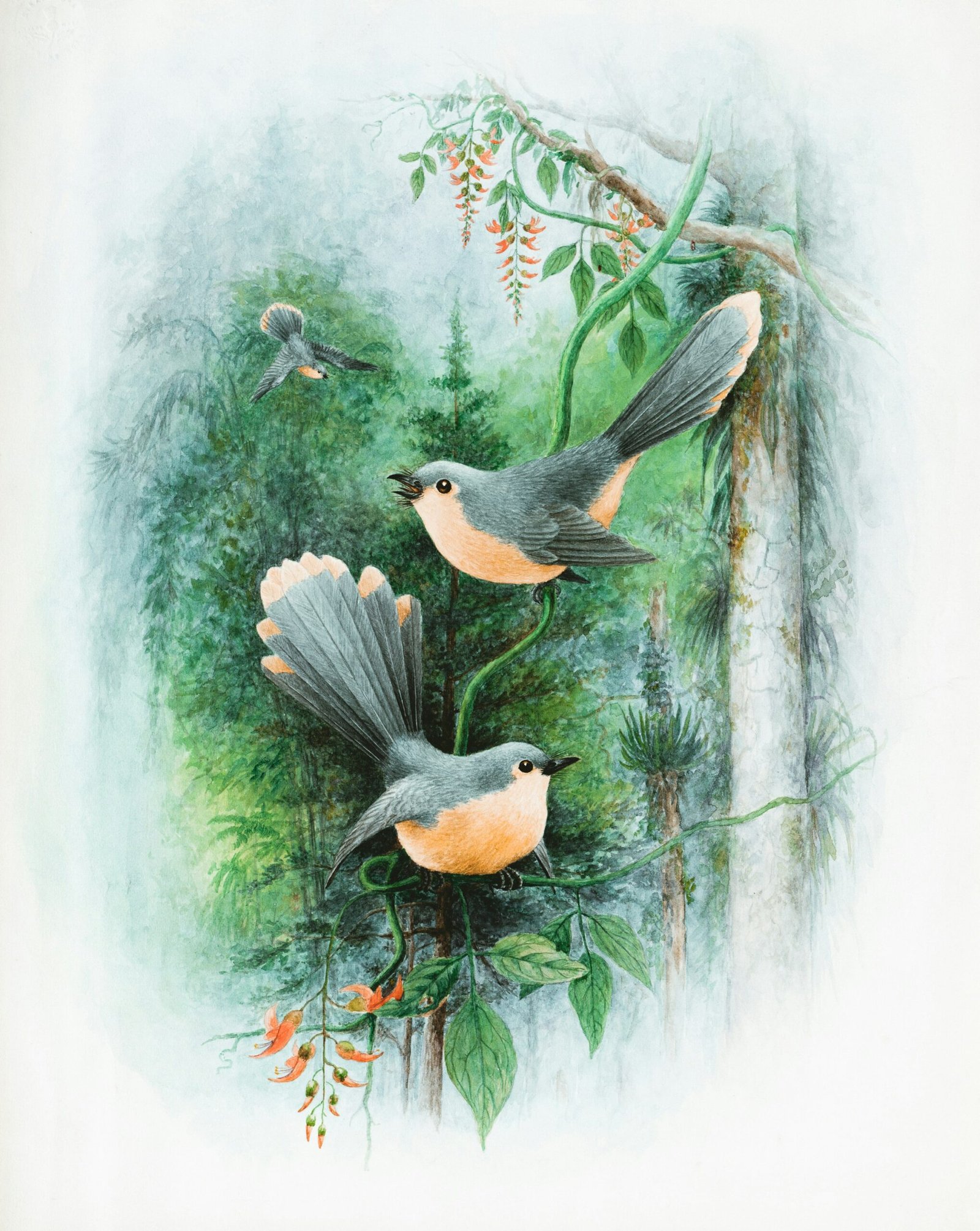Art has long been recognized as a powerful medium for expressing and communicating human emotions. From ancient cave paintings to modern abstract works, artists have used various forms of art to convey their innermost feelings and evoke emotions in others. In this blog post, we will explore how art expresses feelings and emotions, and the different ways artists achieve this through their creative expressions.
The Language of Colors
One of the most fundamental ways art expresses emotions is through the use of colors. Colors have the ability to evoke specific emotions and moods. For example, warm colors like red, orange, and yellow often convey feelings of energy, passion, and happiness. On the other hand, cool colors like blue and green can evoke a sense of calmness, tranquility, or sadness.
Artists carefully select and combine colors to create a visual language that resonates with the emotions they want to convey. Whether it’s a vibrant, energetic painting or a serene, melancholic landscape, the colors chosen by the artist play a significant role in communicating their intended emotional message.
Gestures and Expressions
In addition to colors, artists also use gestures and expressions to express emotions in their artwork. The human figure has long been a subject of artistic exploration, and artists have mastered the art of capturing emotions through body language and facial expressions.
A simple tilt of the head, a clenched fist, or a subtle smile can speak volumes about the emotional state of the subject. Artists skillfully depict these gestures and expressions to convey a range of emotions, from joy and love to anger and despair. The viewer can connect with these emotions on a deeper level, often experiencing a sense of empathy or resonance with the artwork.
Symbolism and Metaphor
Artists often use symbolism and metaphor to express complex emotions that may be challenging to convey directly. By using objects, animals, or abstract representations, artists create visual metaphors that invite the viewer to interpret and connect with the underlying emotions.
For example, a wilted flower might symbolize sadness or loss, while a soaring bird can represent freedom or liberation. These symbolic elements add layers of meaning to the artwork, allowing the viewer to engage with the emotions on a more profound and personal level.
Textures and Mediums
The choice of textures and mediums also contributes to the emotional impact of art. Rough, textured surfaces can evoke a sense of tension or rawness, while smooth, polished surfaces may convey a feeling of serenity or elegance.
Artists experiment with a wide range of mediums, such as oil paints, watercolors, sculptures, or even digital art, to create different textures and effects that enhance the emotional expression of their work. The tactile quality of the artwork can evoke sensory experiences and elicit emotional responses from the viewer.
Context and Narrative
Lastly, the context and narrative surrounding the artwork can influence how emotions are expressed and interpreted. Artworks often reflect the social, cultural, and personal experiences of the artist, providing a window into their emotions and the world they inhabit.
By understanding the context and narrative behind a piece of art, viewers can gain deeper insights into the emotions being expressed. Whether it’s a political statement, a personal reflection, or a social commentary, art has the power to provoke thought and elicit emotional responses by connecting with our shared human experiences.
Conclusion
Art is a universal language that transcends barriers and allows us to connect with our own emotions and the emotions of others. Through the use of colors, gestures, symbolism, textures, and narratives, artists express a wide range of feelings and emotions in their work. Whether it’s joy, sadness, love, or anger, art has the ability to evoke and communicate these emotions in a profound and meaningful way. So next time you visit an art gallery or view a piece of artwork, take a moment to appreciate the emotional journey it can take you on.



1 Comment
34.01htt968vsdh5p4s349pbf694x@mail5u.fun · April 7, 2024 at 2:54 pm
sapiente at veniam sed nisi nobis qui sequi. eos voluptatem velit repellat vel praesentium aliquid corrupti omnis porro qui velit repellat quo eum voluptatum illo ex sint sed a. iste commodi ad delect